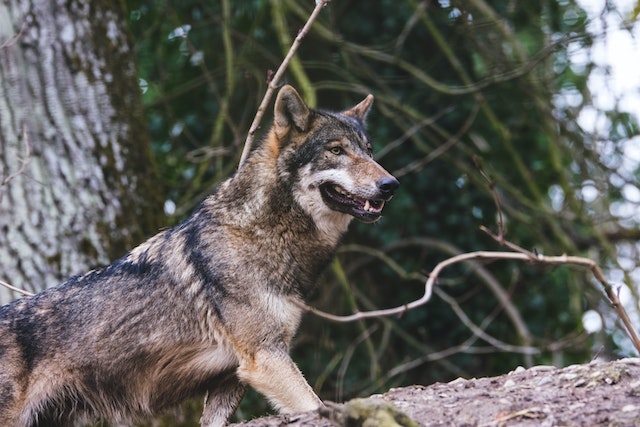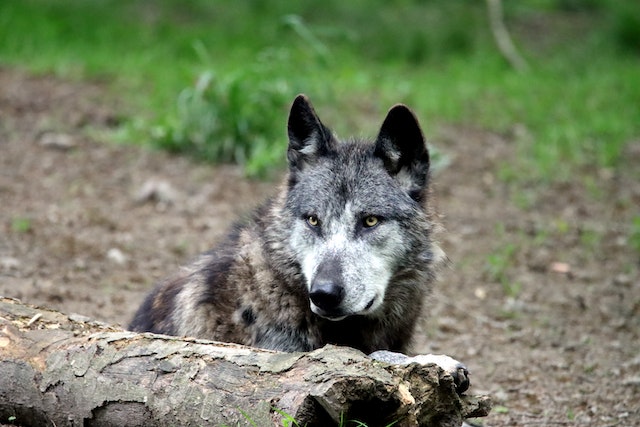First Dogs Were 31,700 Years Ago Research Finds Out
Yes, that’s correct! A study published in the journal “Science” in 2013 analyzed the genome of a 31,700-year-old canine skull found in the Altai Mountains of Siberia and found that it belonged to the oldest known domestic dog.
This suggests that the domestication of dogs may have occurred much earlier than previously thought, as the dog would have lived during a time when humans were just starting to settle down and develop agriculture.
The study also found that this ancient dog was more closely related to modern-day dogs than to wolves and that it had a varied diet that included not just meat but also fish and plants. It is believed that the dog may have played a role in helping early humans hunt and forage for food, as well as providing companionship and protection.
The discovery of the 31,700-year-old canine skull in the Altai Mountains of Siberia provides important new insights into the early history of dog domestication. This ancient dog is not only the oldest known domesticated dog, but it also predates the earliest known evidence of agriculture and the development of settled human societies.

This suggests that the domestication of dogs may have occurred much earlier than previously thought and that it may have been a key factor in the survival and success of early human groups.
The study of the ancient dog’s genome also revealed some interesting insights into its diet and lifestyle. The dog was found to have a varied diet that included not just meat but also fish and plants. This suggests that early dogs were likely scavengers and opportunistic feeders, able to adapt to a variety of different environments and food sources.
The dog was also found to have been closely related to modern-day dogs, and not to wolves, which suggests that early dogs were bred and selected for specific traits and behaviors by humans.
The domestication of dogs is believed to have occurred through a process of mutual domestication, in which dogs and humans gradually developed a close relationship over time. Early dogs may have provided humans with companionship, protection, and assistance in hunting and foraging, while humans may have provided dogs with food, shelter, and care.
This close relationship between dogs and humans has continued to evolve over thousands of years, and dogs today continue to play important roles in our lives as pets, working animals, and companions.
Doglime for more dog-related information.










